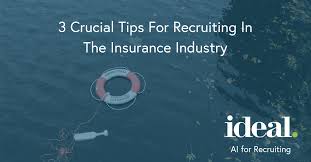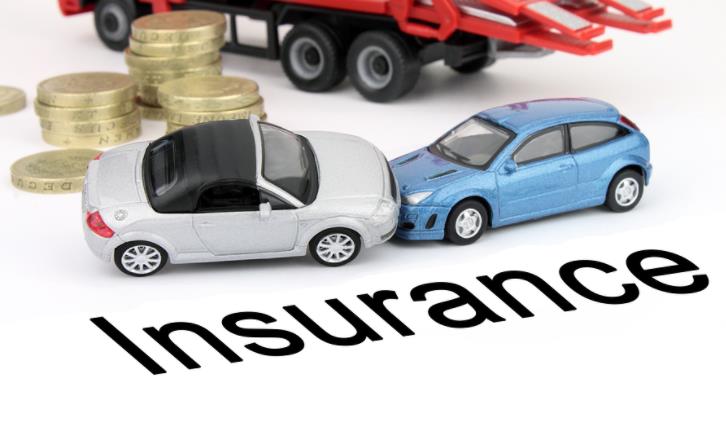The best car insurance buying guide
The best car insurance buying guide
Insurance is not the most exciting aspect of owning a car, but it is one of the most important. Not only is your policy designed to protect you from financial disaster in the event of a collision or related injury, but if you own a car, most states also require this. Consumer Reports recommends looking around for the best policy, not only when you buy a car, but also on a regular basis to ensure you always get the best price.
Introduction to Auto Insurance
Car insurance helps pay for injuries and damages that may occur when you own and drive a car or other motor vehicle. This booklet can help you compare insurance policies and make an informed decision when buying car insurance. It can help you understand your car policy. Your insurance policy is a legal document and it is important to understand it. Your motor vehicle can be a car, truck, van, motorcycle or other type of private passenger vehicle.
California law
You must be financially responsible for any vehicles you own to prevent injury or property damage to others. Most people prove financial responsibility by purchasing auto liability insurance. California law states that “all drivers and all motor vehicle owners shall always be able to determine financial responsibility and shall always carry vehicle evidence in the form of financial responsibility that is valid for the vehicle.”
If you do not have auto liability insurance, you may be fined, your driver's license may be revoked, and your vehicle may be impounded.
Your car insurance policy
Your car insurance policy is a contract between you and the insurance company. It explained:
l Your cost.
l Your coverage-the different things covered by your policy.
l Your exclusions-things not covered by your policy
Know your policy
It is very important to familiarize yourself with your car policy before you need it. Read it carefully. The declaration page is a useful summary of your policy.
If you do not understand something in the policy, please call your agent, broker or insurance company.
If you sell or buy a car or have a new driver at home, please tell your agent, broker or insurance company.
Read your policy before you allow others to drive your car. Certain drivers may be excluded from your insurance policy. This means that the insurance policy will not cover accidents that occur while they are driving.
Car insurance costs
High quality
The premium is the amount you pay to the insurance company for car insurance. The premium covers the term or term of the policy. The term can be 6 months or 1 year.
Most insurance companies allow you to pay your premiums in installments. Ask if there is an additional charge for doing this.
Deductible
Certain types of insurance have deductibles. The deductible is the amount you must pay before the insurance company pays any claims.
If you choose a higher deductible, you will usually pay a lower premium.
Example: Suppose your comprehensive insurance has a deductible of $500. If the storm causes damage to your car for $1,500, you must pay $500 first. Then, your comprehensive insurance pays the remaining $1,000.
Limit
Each type of insurance has its own limitations. The limit is the total amount that the insurance company will pay for a single accident or claim. The insurance company will not pay any expenses in excess of the limit.
Example: Suppose your auto liability insurance has a limit of 50,000 USD/100,000 USD for personal injury caused by accident. In this case, your insurance will not pay more than $50,000 for one person. The accident payout will not exceed $100,000.
Do I pay fees to my agent or broker?
The agent is paid by the insurance company, not by you. If you work with a broker, you usually need to pay broker fees. See page 20.
Are the fees the same for all insurance companies?
will not. Even in the same area, the cost will vary. When you buy car insurance, you should compare the costs and insurance coverage of several companies. See pages 14-15.
I can't afford my insurance premium. what can I do?
California offers low-cost car insurance plans for drivers who are eligible for income.
Limitation of Liability and California Law
Liability insurance helps pay for injury or damage to others while you are responsible. If you own and drive a vehicle, you must comply with the financial liability laws in the state vehicle regulations. The most common method is to purchase auto liability insurance.
Liability insurance does not cover injury to you or your family. You can purchase medical payment insurance for you and your family.
Minimum liability insurance
According to the law, the following limits are the minimum insurance limits of a standard car insurance policy. You must have so many reports.
Choose a top insurance company
Ensuring low premiums is important, but not all. Look for a carrier that, in addition to competitive low premiums, provides fair and fast claims settlement, provides excellent customer service in addition to claims settlement, helps you thoroughly review your insurance policy, and proactively provides help and advice.
Don't Skimp on Liability Coverage
Most states require drivers to have at least a minimum of insurance, but if you can afford it, it is best to extend your car insurance coverage to these minimums.
Liability Insurance: Covers personal injury and property damage caused to the other party in the collision. Experts suggest that even if you don’t have too many assets to protect, you should buy products that exceed the legal minimum. Depending on your state, part of your salary may be withheld in a judgment against you. More protective insurance levels are USD 100,000 per person, USD 300,000 per accident, and USD 100,000 for property damage. According to Robert Hunter, director of insurance at the Consumer Federation of America (CFA), umbrella liability insurance expands the coverage of your car and home and provides additional protection. These policies usually increase the insurance amount per person to 300,000 USD.
Low-limit insurance: CFA insurance expert Douglas Heller said that although they provide better protection, low-income drivers may not be able to afford a package policy and a policy with a higher liability limit. Currently, only the three states of California, Hawaii and New Jersey provide subsidized insurance for low-income drivers. Heller said that having low-limit liability insurance is better than having no insurance or not driving at all because it cuts off people’s economic opportunities.
Uninsured motorist insurance: In many states, this type of insurance is optional, but according to the Insurance Information Institute, one in eight drivers do not have car insurance. For more than two decades, this statistic has remained fairly stable, which makes uninsured driver insurance worth buying, even if it is not necessary. After a car accident is caused by the fault of the uninsured driver, the insurance covers you and your passengers for medical expenses. Why should you be in a no-fault state, no matter who is at fault, your company will pay for it? Because it can make up for lost wages after a car accident. Uninsured insurance also covers you and your family as pedestrians and hit-and-run accidents. Heller said that you want to get at least as much insurance for people related to other car accidents.
Insufficient insurance: In order to save money, more and more drivers choose to purchase only minimum liability insurance. If you have an accident with someone who does not have enough insurance to cover the costs of injury and property damage, underinsured insurance can provide you with protection.











